Preparing Your Vehicle for Mountain Driving
Before embarking on a mountain drive, it is crucial to ensure that your vehicle is properly prepared. Here are some key steps to consider:
- Check your vehicle's brakes, tires, and suspension to ensure they are in good condition.
- Ensure that all fluid levels are topped up, including oil, coolant, and windshield washer fluid.
- Verify that all lights, including headlights and taillights, are functioning correctly.
- Consider installing snow tires or carrying snow chains if you will be driving in snowy or icy conditions.
- Pack an emergency kit with essentials such as a spare tire, jack, flashlight, and a first aid kit.
By taking these precautions, you can help ensure a safe and enjoyable mountain driving experience.
Vehicle maintenance tips for mountain driving

To ensure a safe and smooth drive on mountain roads, it is important to properly maintain your vehicle. Here are some key maintenance tips to consider:
- Check your vehicle's brakes, tires, and suspension to ensure they are in good condition.
- Verify that all fluid levels are topped up, including oil, coolant, and windshield washer fluid.
- Ensure that all lights, including headlights and taillights, are functioning correctly.
- Consider installing snow tires or carrying snow chains if driving in snowy or icy conditions.
- Pack an emergency kit with essentials such as a spare tire, jack, flashlight, and a first aid kit.
By following these maintenance tips, you can help ensure a safe and enjoyable mountain driving experience.
Important safety features to check before driving in the mountains

Before embarking on a mountain drive, it is crucial to check certain safety features of your vehicle. First and foremost, ensure that all seatbelts are in good working condition and that everyone in the vehicle is buckled up. Additionally, check that your vehicle's headlights, taillights, and turn signals are functioning properly. It is also important to make sure your vehicle's tires have sufficient tread and are properly inflated. Finally, check your vehicle's brakes to ensure they are in optimal condition. By checking these important safety features, you can help ensure a safer journey on mountain roads.
Understanding Mountain Road Conditions

Understanding mountain road conditions is essential for safe driving. The weather greatly impacts these conditions, with rain, snow, and fog making roads slippery and visibility poor. Navigating steep grades and sharp turns requires caution and proper technique. Drivers must also be prepared for sudden changes in road conditions due to rockslides or fallen trees. Staying alert and adapting to the road is crucial for a safe journey through the mountains.
How weather impacts mountain road conditions

Weather plays a critical role in shaping mountain road conditions. Rain, snow, and fog can make the roads slippery, reducing traction and increasing the risk of accidents. Poor visibility during foggy conditions further complicates driving. Additionally, heavy rain and snowfall can lead to flooded or blocked roads. Sudden changes in weather, such as rockslides or fallen trees, also pose hazards and require drivers to stay alert and cautious.
Tips for navigating steep grades and sharp turns

When navigating steep grades on mountain roads, it's important to maintain a steady speed and use lower gears to avoid losing control. Take your time and stay focused, avoiding sudden acceleration or braking. When encountering sharp turns, slow down before entering and maintain a proper lane position throughout the curve. Remember to stay aware of oncoming traffic and use your turn signals to communicate your intentions.
Properly Handling Your Vehicle on Mountain Roads

When driving on mountain roads, it is important to handle your vehicle properly to ensure safety. Use proper braking and accelerating techniques, such as using engine braking on downhill slopes and gradually accelerating on uphill sections. Maintain control on winding mountain roads by staying in the proper lane and avoiding sudden maneuvers. Pay attention to road conditions and adjust your driving accordingly.
Braking and accelerating techniques for mountain driving

To safely navigate mountain roads, it is important to use proper braking and accelerating techniques. When descending steep slopes, utilize engine braking by shifting to a lower gear to help maintain control and prevent brake overheating. When ascending uphill, gradually accelerate to maintain a steady speed and avoid excessive strain on your vehicle's engine. These techniques will enhance your control and stability while driving on mountain roads.
Tips for maintaining control on winding mountain roads
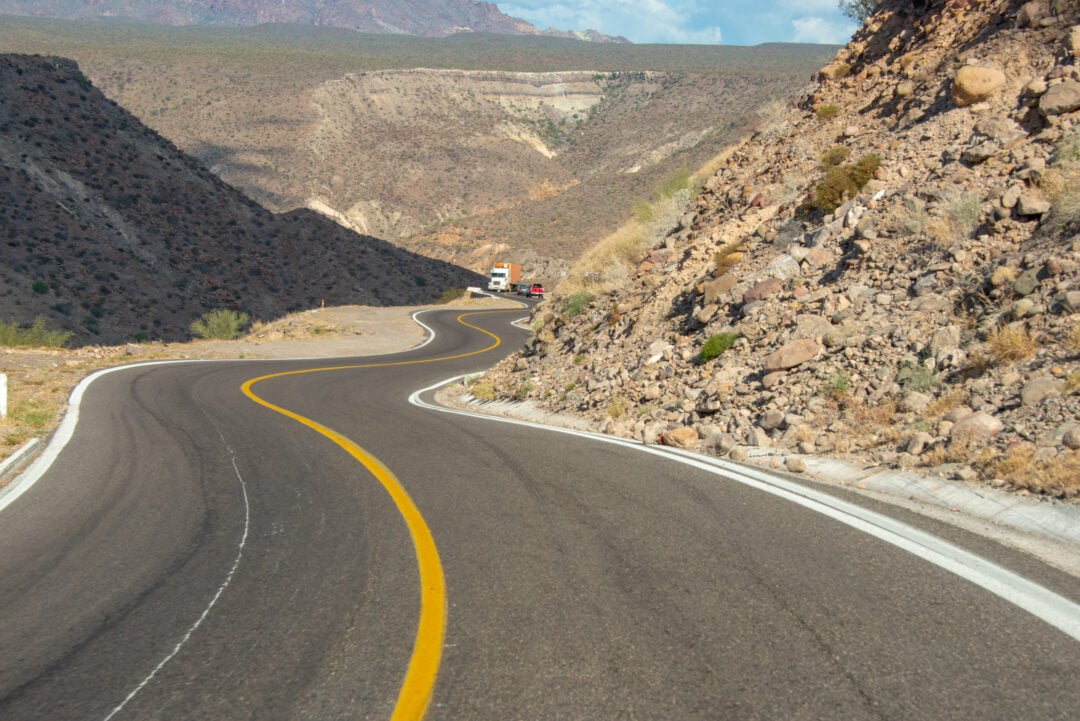
To maintain control on winding mountain roads, it is essential to stay alert and focused. Here are some tips:
- Reduce your speed to a safe level before entering a curve.
- Keep a firm grip on the steering wheel and maintain a steady posture.
- Use your brakes wisely, applying gentle pressure if necessary.
- Avoid sudden or aggressive steering movements.
- Stay in your lane and be mindful of oncoming traffic.
- Consider using lower gears to provide more stability and control.
- Pay attention to road signs and adjust your speed accordingly.
By following these tips, you can navigate winding mountain roads with confidence and maintain control over your vehicle.
Dealing with Altitude Changes

Dealing with Altitude Changes: When driving on mountain roads, it is important to be prepared for altitude changes. Here are a few guidelines to follow:
- Gradually acclimate to higher altitudes to avoid altitude sickness.
- Monitor your vehicle's performance at higher elevations and make any necessary adjustments.
- Be aware of reduced oxygen levels and take breaks if you feel lightheaded or fatigued.
- Keep an eye on weather conditions, as altitude can affect temperature and precipitation.
- Consider carrying supplies such as extra water, food, and warm clothing in case of unexpected delays.
By being mindful of altitude changes and taking appropriate precautions, you can ensure a safer and more comfortable drive on mountain roads.
Guidelines for driving at high altitudes
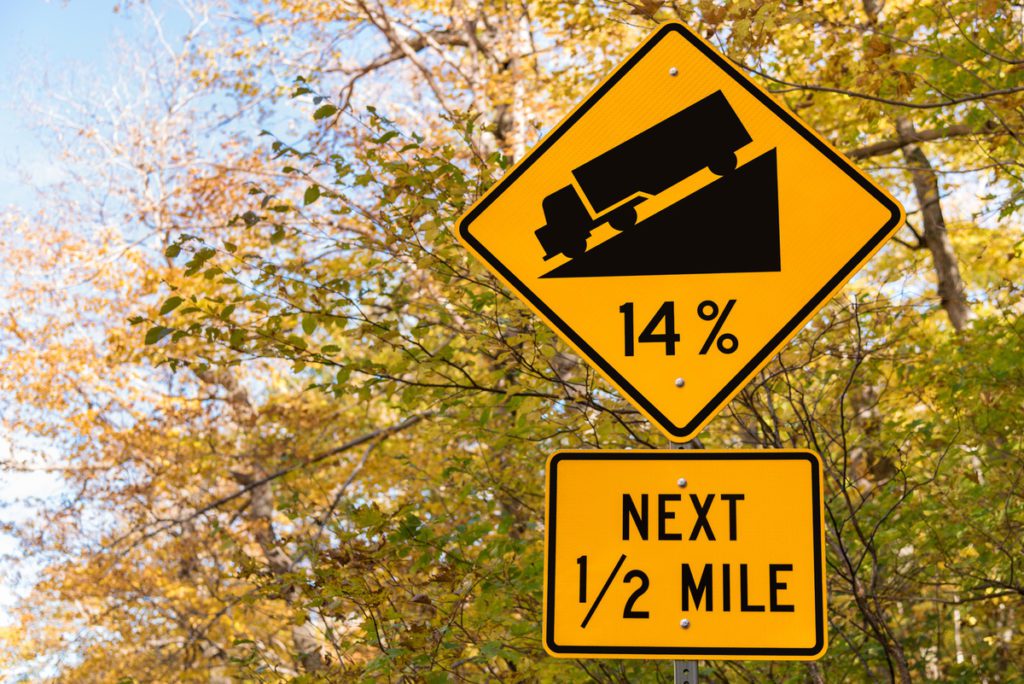
When driving at high altitudes, it is important to follow these guidelines to ensure a safe journey. First, gradually acclimate to the higher altitude to avoid altitude sickness. Second, be aware of reduced oxygen levels and take breaks if feeling lightheaded or fatigued. Third, monitor the vehicle's performance and make necessary adjustments. Lastly, consider carrying supplies in case of unexpected delays. By following these guidelines, drivers can navigate high altitudes with confidence.
How to prepare your vehicle for altitude changes
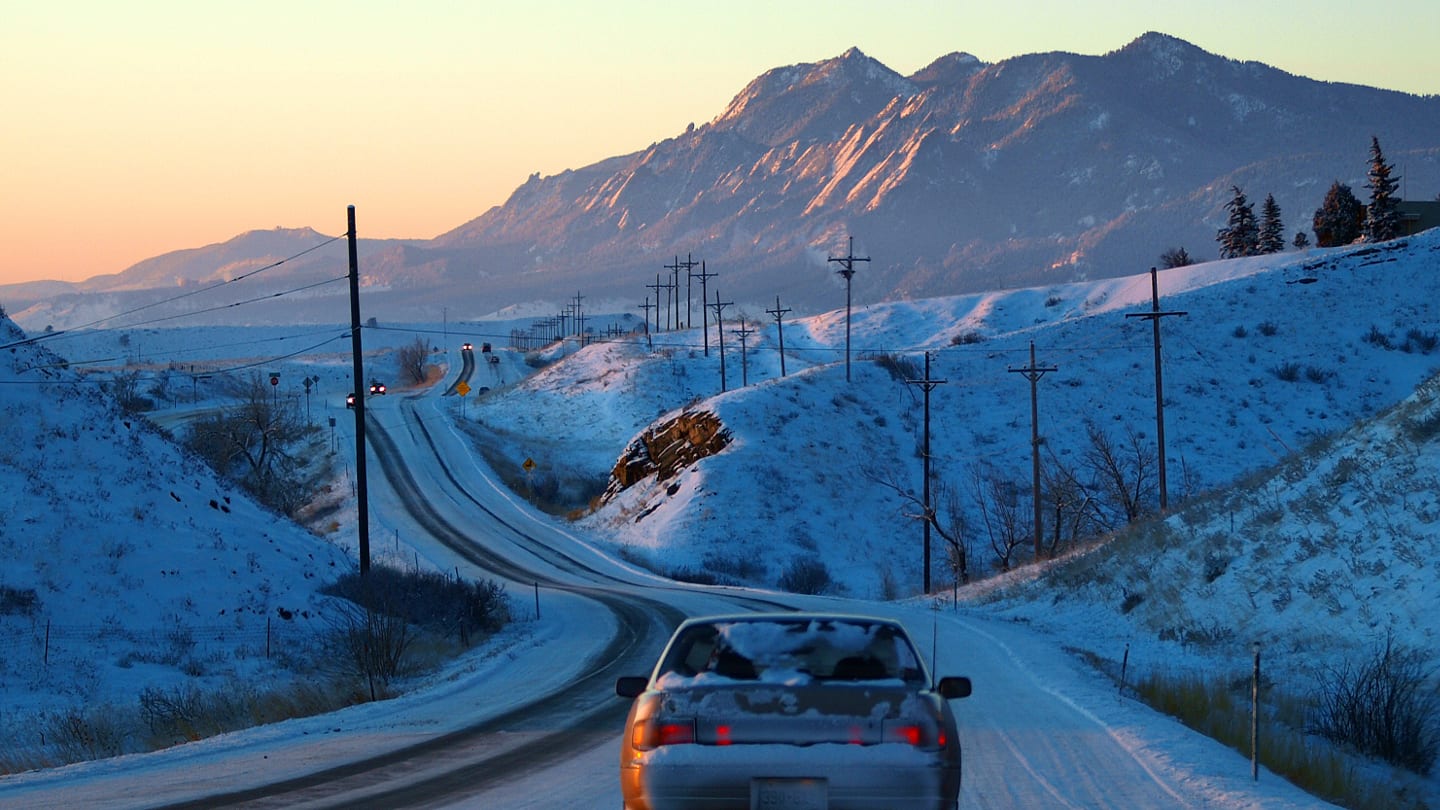
To prepare your vehicle for altitude changes, it is essential to check and adjust certain components. First, ensure that your vehicle's fuel and air filters are clean to maintain optimal engine performance. Second, inspect the cooling system and radiator to prevent overheating at higher altitudes. Lastly, verify that your vehicle's tires are properly inflated to handle the changes in atmospheric pressure. By taking these precautions, you can minimize potential issues during altitude changes.
Safety Tips for Mountain Driving
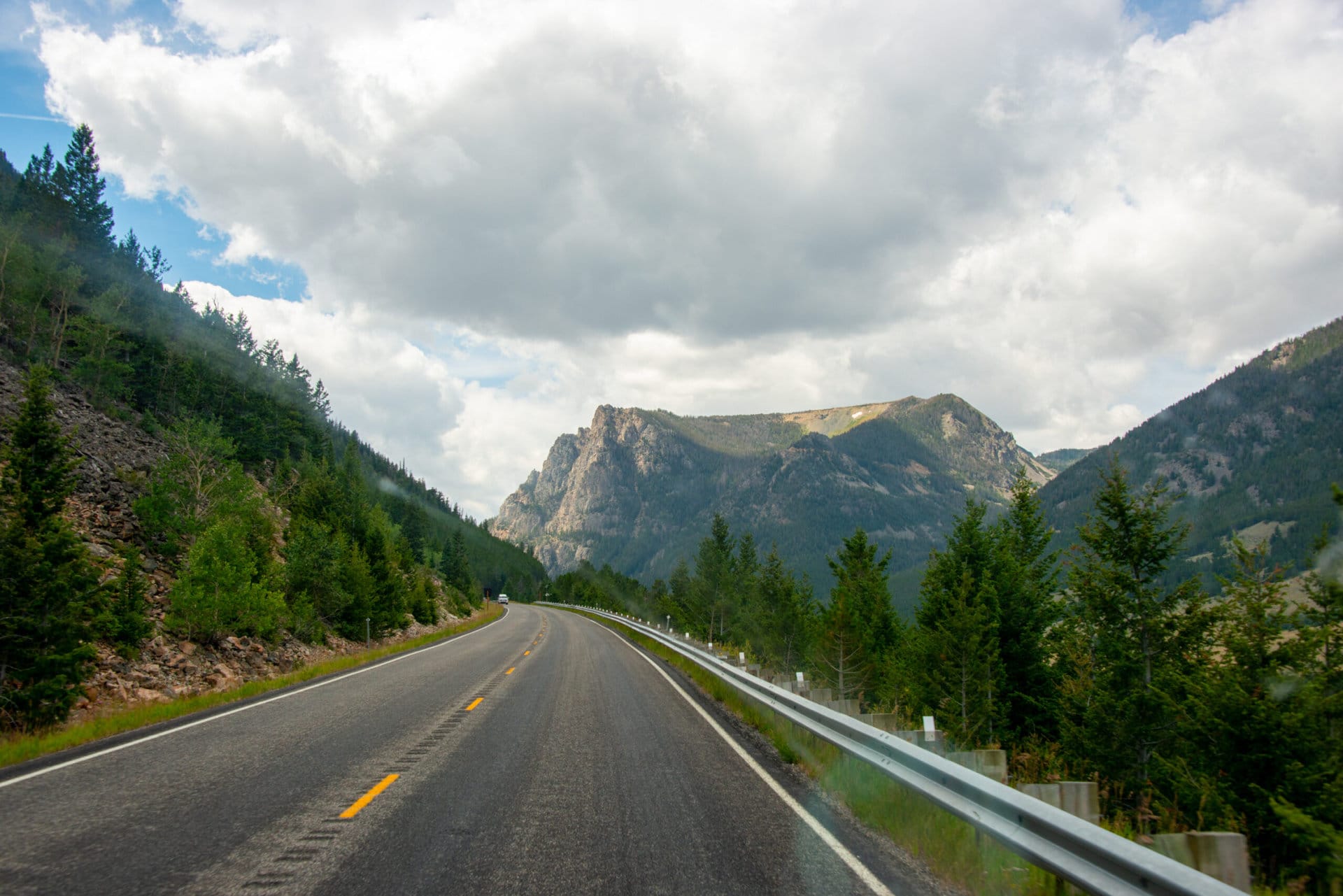
When driving on mountain roads, it is crucial to prioritize safety. Here are some essential safety tips to keep in mind:
- Slow down and maintain a safe speed, especially around curves and steep grades.
- Use your headlights to increase visibility, even during the day.
- Keep a safe distance from other vehicles, as stopping distances may be longer on mountain roads.
- Stay alert and focused on the road, avoiding distractions.
- Watch out for wildlife crossing the road, particularly in rural areas.
- Be prepared for changing weather conditions, including rain, fog, or snow.
- Use caution when passing other vehicles and always use your signals.
- Be familiar with local driving regulations and be respectful of other drivers on the road.
By following these safety tips, you can ensure a safe and enjoyable mountain driving experience.
What to do in case of an emergency on a mountain road
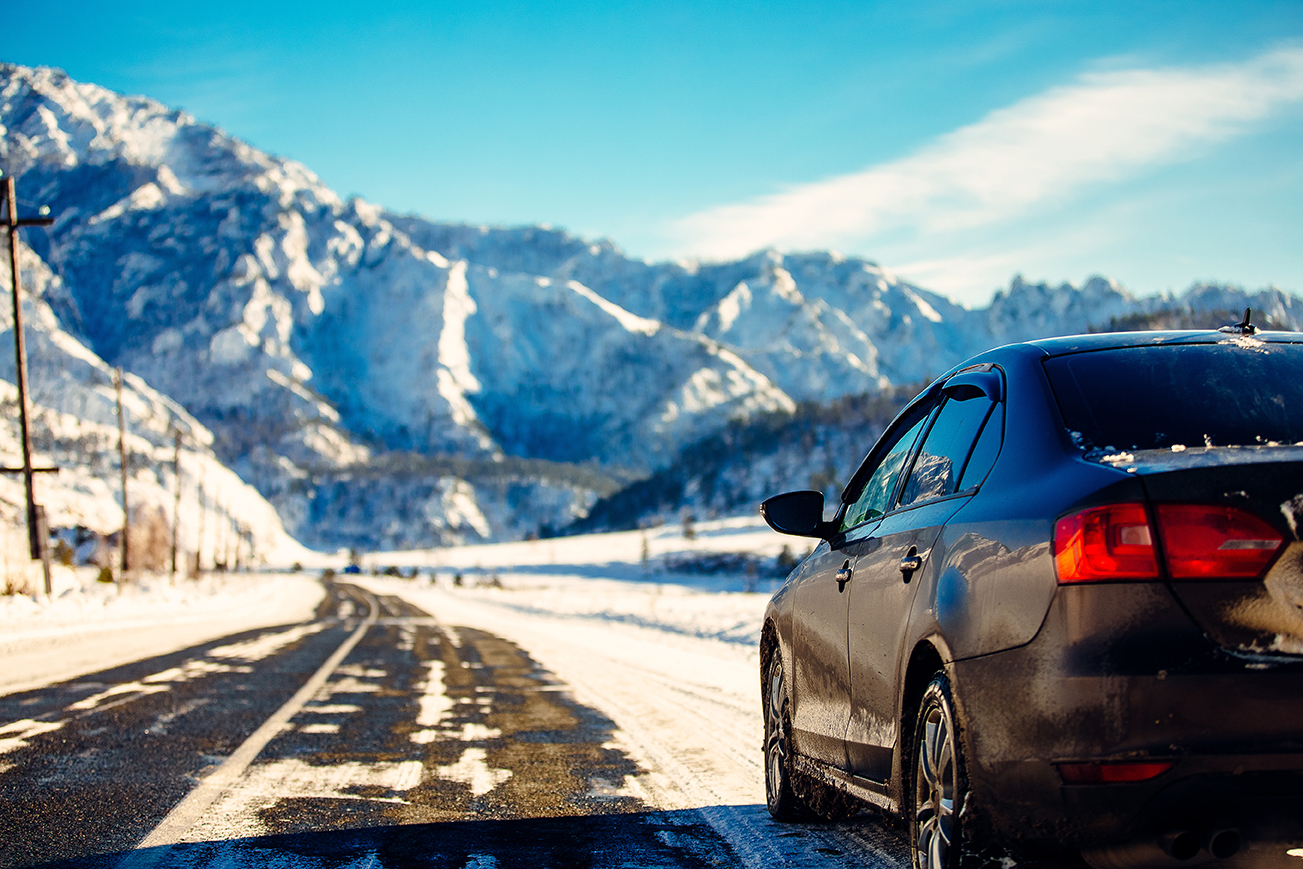
In the event of an emergency on a mountain road, it's important to stay calm and take the following steps:
- Pull over to a safe location if possible, away from oncoming traffic.
- Turn on your hazard lights to alert other drivers.
- Contact emergency services or roadside assistance for help.
- If you're unable to move your vehicle, stay inside and wait for assistance.
- Use reflective triangles or flares to warn approaching vehicles.
- If you have to exit your vehicle, be cautious of traffic and stay on the side of the road.
Remember, it's crucial to prioritize your safety and the safety of others in case of an emergency on a mountain road.
Tips for driving cautiously and defensively on mountain roads
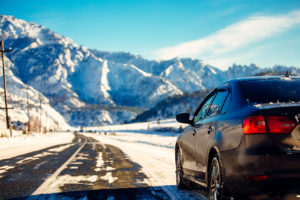
When driving on mountain roads, it is important to be cautious and adopt a defensive driving approach. Here are some tips to keep in mind:
- Reduce your speed and adjust your driving according to the road conditions.
- Stay focused on the road and avoid distractions.
- Keep a safe distance from the vehicle ahead of you.
- Use your mirrors frequently to monitor the traffic around you.
- Be aware of blind spots and use your turn signals when changing lanes.
- Yield to oncoming traffic and give way to vehicles going uphill.
- Stay alert for wildlife crossing the road.
- Follow all traffic signs and obey speed limits.
- Avoid sudden braking or swerving, as it can lead to a loss of control.
- Maintain control of your vehicle on curves by slowing down before entering the turn.
By driving cautiously and defensively, you can ensure your safety and the safety of others when navigating mountain roads.
Conclusion

In conclusion, driving on mountain roads requires caution, focus, and a defensive approach. By following the provided tips for vehicle preparation, understanding road conditions, handling your vehicle, dealing with altitude changes, and practicing safety measures, drivers can ensure a safe and enjoyable journey. Remember to always prioritize safety and be mindful of the unique challenges that come with driving on mountain roads.
Summarizing key tips for safe driving on mountain roads

When driving on mountain roads, it is essential to prioritize safety. Here are some key tips to remember:
- Prepare your vehicle and check important safety features before heading out.
- Understand and adapt to the road conditions, especially in changing weather.
- Handle your vehicle properly by using proper braking and accelerating techniques.
- Be mindful of altitude changes and adjust your driving accordingly.
- Drive cautiously and defensively, and know what to do in case of an emergency. Remember, safety should always be your top priority. For more detailed information, refer back to the previous sections of this article.
Additional resources for further information and assistance

Additional resources for further information and assistance:
- Local road authorities and visitor centers: These organizations can provide up-to-date information on road conditions, closures, and alternative routes.
- Online resources and apps: Websites and mobile apps such as Google Maps, Waze, and weather apps can provide real-time traffic updates, navigation assistance, and weather forecasts.
- Guidebooks and travel forums: Guidebooks specific to mountain driving and online travel forums can offer valuable tips, advice, and firsthand experiences from other drivers.
- Driving schools and defensive driving courses: Consider taking a driving course specifically designed for mountain driving to enhance your skills and confidence on challenging roads.
Remember to always prioritize safety and be well-prepared before embarking on a mountain road trip.